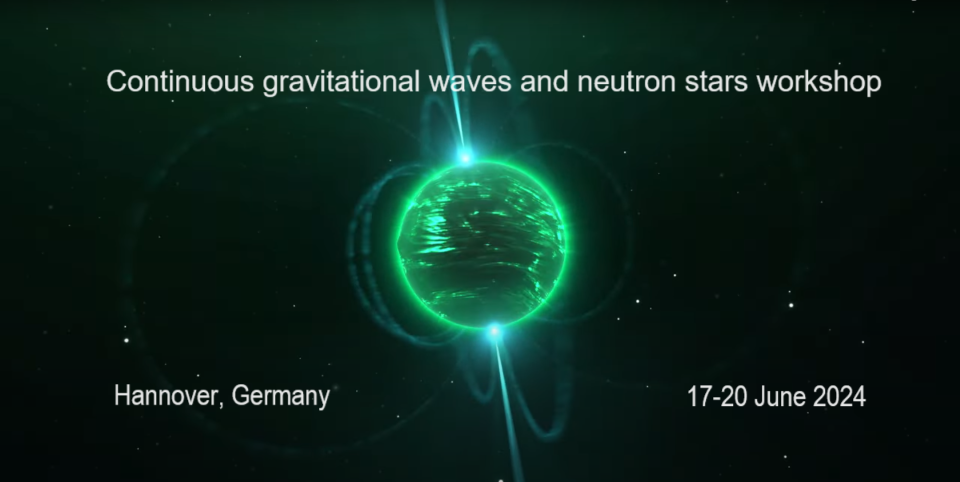Speaker
Description
The existence of massive white dwarfs (WDs), violating the Chandrasekhar mass limit, was inferred from the peak luminosities of type Ia supernovae. On the other hand, independent observations have suggested that WDs can have surface magnetic field upto 10^9 Gauss, which can be even more intense in the center. One of the interesting models to explain the existence of such massive WDs is to introduce a high magnetic field, and also rotation in addition, into the picture. Here using XNS code, which solves stationary stellar equilibria in general relativistic magnetohydrodynamics (GRMHD), we explore the existence of massive WDs which are magnetized and possibly rotating. However, we did not detect a single such massive WD directly as they are difficult to detect in electromagnetic surveys, such as SDSS, Kepler, Gaia, because of little luminosity. Such isolated rotating objects with magnetic field and rotation axes misaligned, hence triaxial system having non-zero obliquity angle, can emit continuous gravitational waves (GWs), which can be detected by future detectors LISA, DECIGO etc. Our aim here is to understand if it is feasible to expect the detection of such super-Chandrasekhar WDs by GW astronomy. We discuss the decays of magnetic field, angular velocity, and obliquity angle with time, due to Hall, Ohmic, ambipolar diffusion and angular momentum extraction by GW and electromagnetic radiation, which determine the timescales related to the GW emission. This sets a timescale for their detection. We calculate the signal-to-noise ratio of GW emission, which confirms that LISA cannot detect them immediately, but over months of integration time the WDs should be detectable by LISA (first upcoming detector in these frequency range). This will lead to the direct detection of WDs, which may confirm the existence of super-Chandrasekhar WDs and the theory behind their generation of continuous GW. Moreover, there are many soft-gamma repeaters (SGRs) and anomalous X-ray pulsars (AXPs) which are not confirmed neutron stars (NSs), e.g. they do not have an associated supernova remnant. It is also not clear if they are magnetized WDs. For SGRs and AXPs, we show that, if these are NSs, they can hardly be detected by any of the GW detectors, while if they are WDs, then BBO, DECIGO and ALIA would be able to detect them within a few days to a year of integration, depending on the magnetic field strength and its configuration. This way the dichotomy in magnetars between NS and WD can be resolved. The talk is based on the following references.
-
Kalita, S., Mukhopadhyay, B., "Continuous gravitational wave from magnetized white dwarfs and neutron stars: possible missions for LISA, DECIGO, BBO, ET detectors", MNRAS, 490, 2692, 2019.
-
Kalita, S., Mukhopadhyay, B., Mondal, T., Bulik, T., "Timescales for Detection of Super-Chandrasekhar White Dwarfs by Gravitational-wave Astronomy", ApJ, 896, 69, 2020.
-
Kalita, S., Mukhopadhyay, B., "Gravitational Wave in f(R)-Gravity: Possible Signature of Sub- and Super-Chandrasekhar Limiting-mass White Dwarfs", ApJ, 909, 65, 2021.
-
Kalita, S., Mukhopadhyay, B., Govindarajan, T. R., "Significantly super-Chandrasekhar mass-limit of white dwarfs in noncommutative geometry", IJMPD, 30, 2150034, 2021.
-
Kalita, S., Mondal, T., Tout, C. A., Bulik, T., Mukhopadhyay, B., "Resolving dichotomy in compact objects through continuous gravitational waves observation", MNRAS, 508, 842, 2021.

